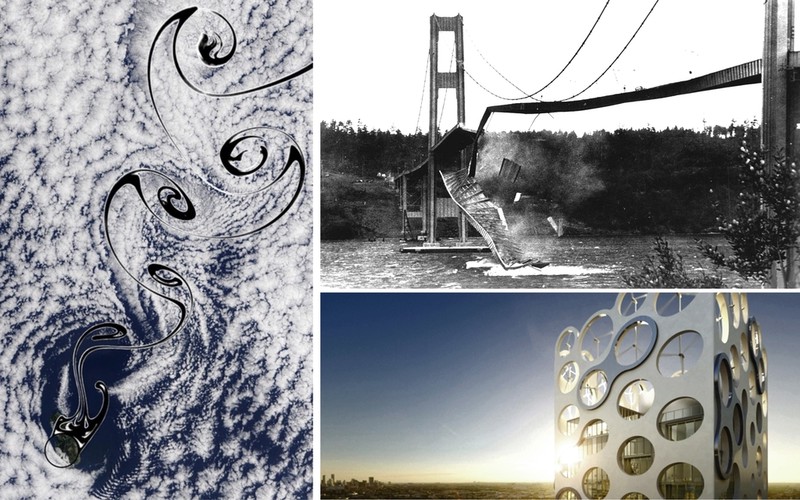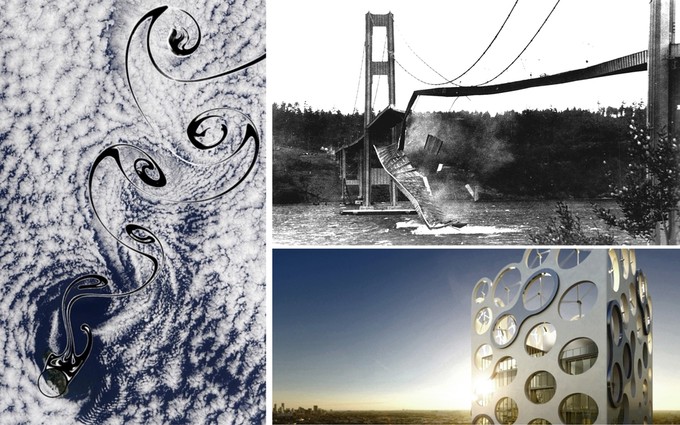Wind engineering is the research area that analyses wind's effects in the natural and the built environment. It studies the possible damage, inconvenience, or benefits that may result from the wind. Wind effect is of great importance in many applications such as wind load on structures, wind harvesting potential around the building, dispersion of pollutants, etc.
Most of the flows encountered in engineering practice are turbulent and can be characterized by the following properties:
- Very unsteady - chaotic
- 4D ($t, u, v, w$)
- Turbulent contains a great deal of vorticity
- Promote mixing
- Dissipative
- Wide range of length and time scales
These properties are essential, and engineers need to understand and predict these effects to achieve a good design. They can be assessed using traditional – experimental techniques such as full-scale on-site experimentation and reduced-scale wind tunnel (WT) testing or numerical methods. Owing to the increase in computational power, Computational Fluid Dynamics (CFD) techniques have gained interest as a complementary tool to the experimental one. Numerical simulations can provide detailed information on the relevant flow variables in the whole calculation domain, and that is their advantage compared to other methods. Nevertheless, numeric still cannot be used as a stand-alone tool, and validation with the experiments is necessary.

